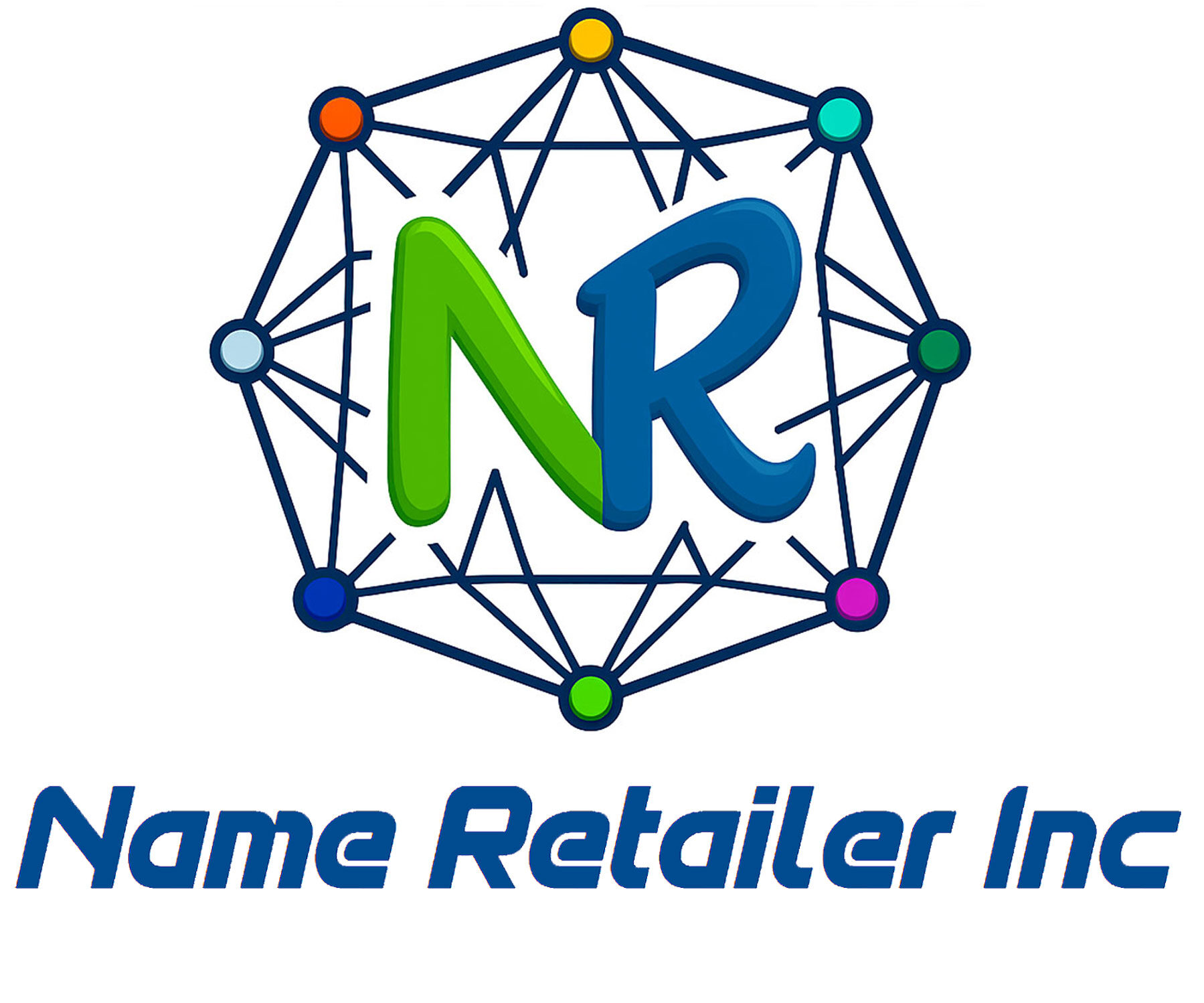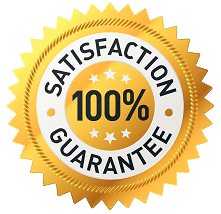Mastering On-Page SEO: Your Guide to Higher Rankings
On-page SEO is your direct line of communication with search engines, telling them exactly what your content is about and why it deserves to rank. This guide breaks down the essential elements, providing actionable steps to optimize your pages, attract more organic traffic, and achieve sustainable growth. Let’s move beyond the basics and into the strategies that drive real results.
First, What Is SEO and Why Does On-Page Matter?
At its core, Search Engine Optimization (SEO) is the practice of increasing the quantity and quality of traffic to your website through organic search engine results. It’s about making your site more visible to people who are looking for the products, services, or information you offer. SEO is divided into three main pillars: on-page, off-page, and technical SEO.
While all three are crucial, on-page SEO is the foundation. It includes all the measures you can take directly within your website to improve its position in the search rankings. This involves optimizing content, HTML source code, and site architecture. Without a solid on-page strategy, even the best off-page efforts (like link building) will fall flat. You’re essentially building a house on an unstable foundation.
Core Pillars of On-Page Optimization
Effective on-page SEO isn’t about one single trick; it’s a combination of several factors working together to signal relevance and quality to both users and search engines. Mastering these pillars is the first step toward ranking dominance.
1. High-Quality, Relevant Content
Content is king, queen, and the entire royal court of SEO. Your page must satisfy the search intent of the user. If someone searches for “how to bake a chocolate cake,” they expect a recipe, instructions, and maybe a video—not a history of chocolate. Creating content that directly answers the user’s query is the most important on-page factor.
Your content should be:
Comprehensive: Cover the topic in-depth, answering related questions the user might have.
Trustworthy: Provide accurate, well-researched information.
Engaging: Use clear language, short paragraphs, images, and other media to keep readers on the page.
2. Strategic Keyword Integration
Keywords are the bridge between what people are searching for and the content you are providing to fill that need. The goal isn’t to stuff keywords but to integrate them naturally where they make sense.
Key places to include your primary keyword:
In the first 100 words of your page.
In your H1 title tag.
In at least one H2 subheading.
In the URL slug.
In the meta description.
In the alt text of at least one image.
It’s also vital to use semantic keywords—related terms and phrases that add context. For example, a page about “on-page SEO” should also include terms like “title tags,” “meta descriptions,” “internal linking,” and “content optimization.”
On-Page SEO Elements at a Glance
How to Execute an On-Page SEO Audit
Performing a regular audit helps you identify and fix issues that could be holding your site back. It’s a health check for your pages. While a professional seo agency can perform a deep, technical audit, you can cover significant ground on your own with this step-by-step process.
Crawl Your Website: Use a tool like Screaming Frog or Ahrefs’ Site Audit to get a complete list of your site’s URLs and identify immediate technical issues like broken links, redirect chains, or missing title tags.
Analyze Your Title Tags and Meta Descriptions: Check for pages that are missing these elements or have duplicates. Ensure your titles are under 60 characters and descriptions are under 160 characters. Are they compelling? Do they include your target keyword?
Review Your Content: Identify pages with “thin” content (less than 300-400 words) that provide little value. Look for opportunities to update, expand, or consolidate this content. Does it align with user search intent?
Check Your Header Hierarchy: Open a few key pages and use a browser extension like “Web Developer” to view the document outline. Is there only one H1? Are your H2s and H3s used logically to structure the content?
Evaluate Internal Links: Are you linking from your new posts to older, relevant content? Are your most important pages receiving enough internal links? These links distribute page authority and help Google understand your site’s structure.
Completing this process quarterly will keep your on-page factors sharp and effective.
Common On-Page SEO Mistakes to Avoid
Many well-intentioned efforts go wrong due to common missteps. Avoiding these pitfalls can put you miles ahead of the competition.
Keyword Stuffing: Jamming your target keyword into the text over and over again is an outdated practice that hurts user experience and can lead to search engine penalties. Write for humans first.
Ignoring Search Intent: Creating content that doesn’t match what the user is looking for. If the top results for a query are all “how-to” guides, your “what is” informational page is unlikely to rank.
Duplicate Title Tags and Meta Descriptions: Every page on your site should have a unique title tag and meta description. Duplicates confuse search engines about which page to rank for a given query.
Forgetting About User Experience (UX): A page that is technically optimized but hard to read, slow to load, or not mobile-friendly will have a high bounce rate. Search engines see this as a negative signal.
Neglecting Internal Linking: Failing to create a web of links between your pages leaves “orphan” pages with no authority and makes it harder for search engines to crawl and index your entire site.
Pro Tips from a Professional SEO Company
Ready to take your on-page optimization to the next level? These advanced tactics can provide a significant competitive edge. A good seo company will often focus on these details to maximize results.
Optimize for “People Also Ask”: Use tools like AlsoAsked or Ahrefs to find the questions people are asking related to your topic. Answer these directly in your content, often using H3s for the questions themselves. This can help you capture featured snippets.
Embed Rich Media: Include videos, infographics, and interactive tools in your content. These elements increase dwell time—the amount of time users spend on your page—which is a strong positive signal for search engines.
Add Schema Markup: Schema is a type of microdata that gives search engines more explicit information about your page’s content. Adding review schema, FAQ schema, or recipe schema can result in rich snippets in the search results, boosting your click-through rate.
Front-load Your Title Tag: Place your primary keyword at the beginning of your title tag whenever possible. Studies have shown this can positively influence rankings. For example, “On-Page SEO: A Beginner’s Guide” is better than “A Beginner’s Guide to On-Page SEO.”
Leverage Topic Clusters: Instead of writing one-off posts, build topic clusters. This involves creating a central “pillar” page on a broad topic (like this one on on-page SEO) and linking out to more specific “cluster” pages (e.g., “how to write title tags,” “image optimization guide”). This strategy establishes your site as an authority on the topic. It’s a core component of many modern seo services.
Interestingly, even celebrity names can become high-volume keywords. For instance, searches for figures like Park Seo Joon, the popular South Korean actor, demonstrate how search intent can vary wildly from informational (“Park Seo Joon movies”) to commercial (“buy Park Seo Joon merchandise”). Understanding this nuance is key to capturing any audience.
On-Page SEO FAQs
Q1: How long does it take to see results from on-page SEO?
A: While some changes, like optimizing a title tag, can yield results in days, significant ranking improvements from on-page SEO typically take 2-4 months. SEO is a long-term strategy, and results depend on your site’s authority, the competitiveness of your keywords, and the quality of your implementation.
Q2: What is the most important on-page SEO factor?
A: High-quality content that satisfies user search intent is, by far, the most critical factor. All other on-page elements—title tags, internal links, etc.—exist to support and contextualize that content for search engines. Without great content, the rest is just window dressing.
Q3: Can I do on-page SEO myself, or do I need an seo agency?
A: You can absolutely handle the fundamentals of on-page SEO yourself using the steps in this guide. However, an experienced seo agency or provider of professional seo services can bring deep expertise, advanced tools, and a comprehensive strategy to the table, which is often necessary for highly competitive industries.
Mastering on-page SEO is a continuous process of refinement, not a one-time task. By focusing on creating value for the user and making your content clear to search engines, you build a powerful foundation for organic growth.
Start by auditing one of your most important pages today. Implement three of the improvements discussed in this guide and monitor your rankings over the next month.




